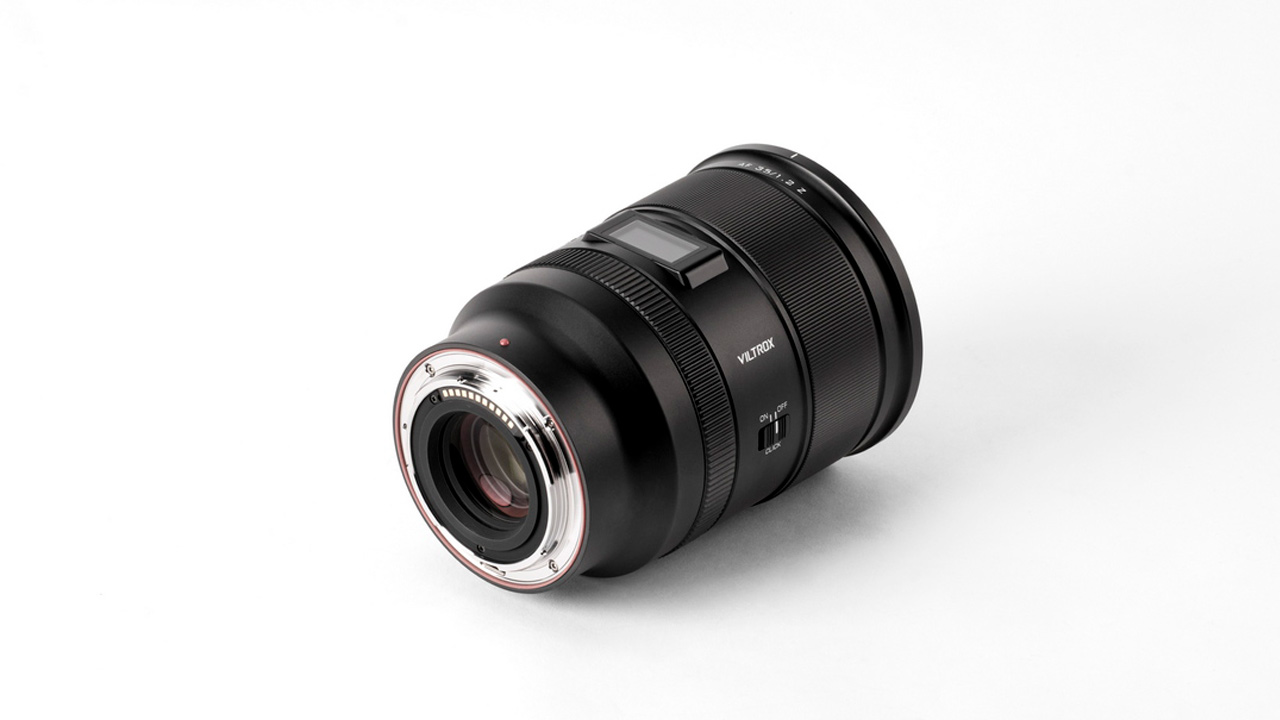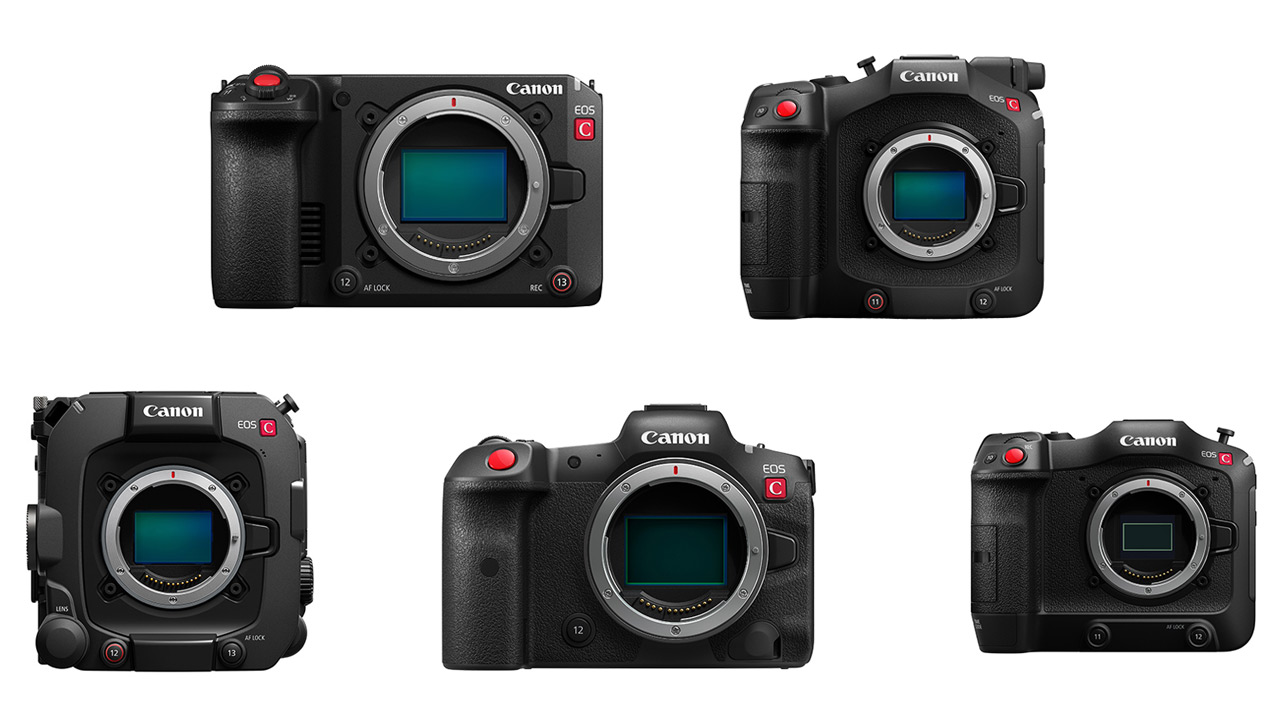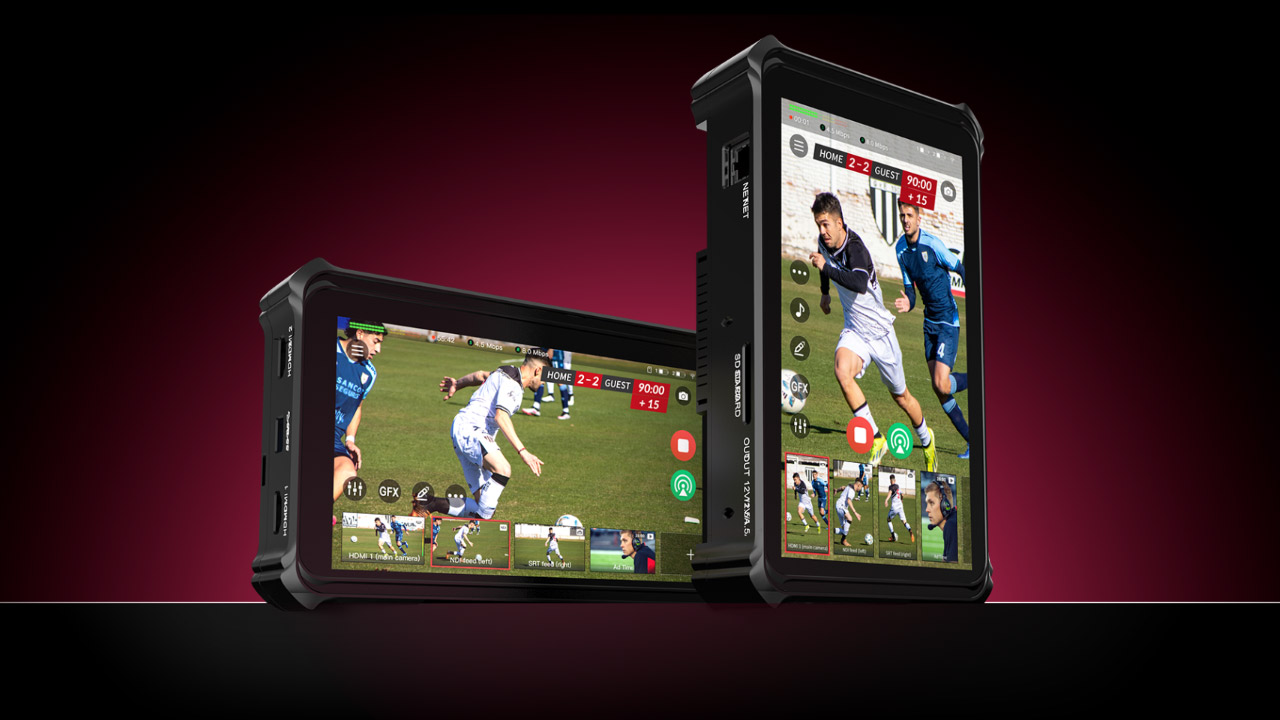
Sony announced the release of the new Sony PXW-Z200 XDCAM camcorder. Additionally, the HXR-NX800 NXCAM camcorder was also announced. Both camcorders are due to be released on September 13, 2024.

Detailed Review of the Sony PXW-Z200
Let us take a closer look at the new Sony PXW-Z200! This is Sony’s first new Handycamcorder in six years since the release of the PXW-Z280 and PXW-Z190 in 2018. During that time, Sony heard their users at TV stations say “I want to replace my familiar NX5R,” or “I want to shoot with a Handycam equipped with Sony’s latest technology.” This new product reflects these requests and realizes Sony’s latest technological specifications.
The price slots above Z190 and below Z280. Despite this, the Sony PXW-Z200 is not a successor to a specific model that was previously in the lineup. It is a completely new and latest model that is packed with Sony’s latest technology in image quality and autofocus.

Common specifications of the two models.
Lets examine what these two cams have in common. First, they approximately use 14 effective megapixels, a 1-inch CMOS sensor, and a 20x zoom lens, 24mm-480mm F2.8-F4.5. The autofocus system uses BIONZ XR and an AI processing unit to recognize subjects, matching the latest α family autofocus performance.

Both cameras come equipped with a built-in ND filter that allows seamless brightness adjustment. This supports linear variation (1/4ND-1/128ND). Both cameras shoot high frame rate 4K120P recording. The protocol supports direct streaming of RTMP, RTMPS, and SRT, allowing live streaming directly from the camera. The two new models share almost the same appearance and specifications, with the Z200 positioned as the higher-end model. The Z200 features an SDI output terminal, a timecode terminal, and support for MXF files. Support for MXF files, including the 59.94i recording format of the Z200, is scheduled to be available from June 2025 onwards.

Along with the new products, Sony also announced a redefinition of the NXCAM brand. Sony’s professional cameras are divided into lineups such as “XDCAM” and “NXCAM” according to the purpose of content use and quality. Among them, up until now, NXCAM has been characterized as a lineup that combines professional functions and operability based on the AVCHD format that uses MPEG-4 AVC/H.264 compression technology. The general perception was that “NXCAM brand = AVCHD format can be used.”
Taking advantage of this announcement, the NXCAM brand will be redefined and will no longer support the AVCHD format. NXCAM will be redefined as a lineup of professional-use Handycamcorders that use consumer formats.
Features of the Sony PXW-Z200
At first glance, the Sony Z200 and NX800 look exactly the same. The only difference is that the Z200 has an SDI connector.


Numbers and Specifics
The Z200 weighs 1,960g with just the body, while the NX5J weighs 2.2kg with just the body, so the numbers aren’t that different. However, the NX5J has a slightly heavier weight on the lens side, so you tend to lean forward when holding the center of the handle. With the battery attached, the Z200 can be held with optimal weight balance. Even though the weights are similar, the Z200 feels lighter.
Another feature is its compact size when stored. The NX5J had the LCD screen mounted at the end of the handle, but the Z200 has moved it to the side, making it slimmer when stored. The NX5J’s viewfinder could be raised, but not lowered. The Z200’s viewfinder can be folded down to make it smaller when stored.



The LCD monitor comes with a foldable LCD hood as standard, which is easy to remove and can be stored behind the LCD monitor when not in use.



When you are not using the microphone, you can remove the microphone holder. Previous models had issues with the microphone holder being wobbly, but this has been resolved. The screws are designed to be hard to lose. By removing them, you can make the device smaller in all three dimensions: length, width, and height. Another feature is that it is compact and easy to carry around.

The lens
The lens uses a double ring. Many people support a triple ring for professional video cameras, and Sony also had many triple ring models in its lineup. The Z200 has a double ring, and at the time of release, “focus” and “zoom” were assigned to the rings. The iris can be controlled with the IRIS dial on the left side of the body.

At launch, the rings will be assigned to focus and zoom, but future updates will allow users to change the ring assignments. For example, it will be possible to leave focus to auto and assign zoom and iris to the rings.
Furthermore, like the FX6, it has a built-in variable ND filter. By setting Auto ND to on, you can smoothly proceed with location shooting even when the scene changes from extremely bright to extremely dark.


The image stabilization is also powerful. The standard image stabilization is optical image stabilization only, and the angle of view itself does not change. When the image stabilization is activated, the image is cropped a little, but the image stabilization works well.
The image stabilization has also been significantly reduced in the case of reverse correction. Previously, when the image stabilization was enabled, it was said that “the movement when panning felt unnatural,” but the movement when panning while zooming has been improved to be smoother.
Memory Cards
The card slot is a multi-slot that supports SDXC memory cards and CFexpress Type A memory cards. Recording buttons can be assigned to slots A and B. For example, the handle record button can be set to slot A, and the grip record button to slot B.

The audio is equipped with two Canon connectors. It also has a 3.5mm jack and a built-in microphone. It is capable of 4CH recording, and you can assign which source to select on the LCD screen. This is much easier than setting it up using the panel on the main unit.

Different Shooting Modes
By setting the AUTO/MANUAL switch to AUTO, you can shoot in full auto mode. This is the perfect function for directors, ADs, and general corporate staff who are not familiar with camera operation, as they can start shooting simply by pressing the record button.

The startup speed after powering on has also been increased. After turning on the power, the camera can start up in about 2 seconds while adjusting the focus. When you want to start recording immediately during an event or news report, the camera can start up while adjusting the focus itself. This has improved the issue where the logo would appear or it would take a while to start up.
The autofocus basically immediately focuses on the eyes of the face. At the same time as focusing on the face, it recognizes the position of the human torso and head with greater precision. For example, even if you take a picture of someone facing away from you or sitting sideways, it will continue to recognize the person’s head in the same posture. The AI recognizes that the person is human, and once recording begins, it is possible to focus on the angle of view and take the picture.


You can select the focus from face recognition using the multi-selector. You can also select by touch. Also, as a little extra feature, it has auto-framing, where the camera recognizes the subject and crops it. Handy camcorders are often used to record the whole event by placing them at the back, and in that case, it has a function to focus on a person in the whole 4K image and crop and cut it out in HD.












